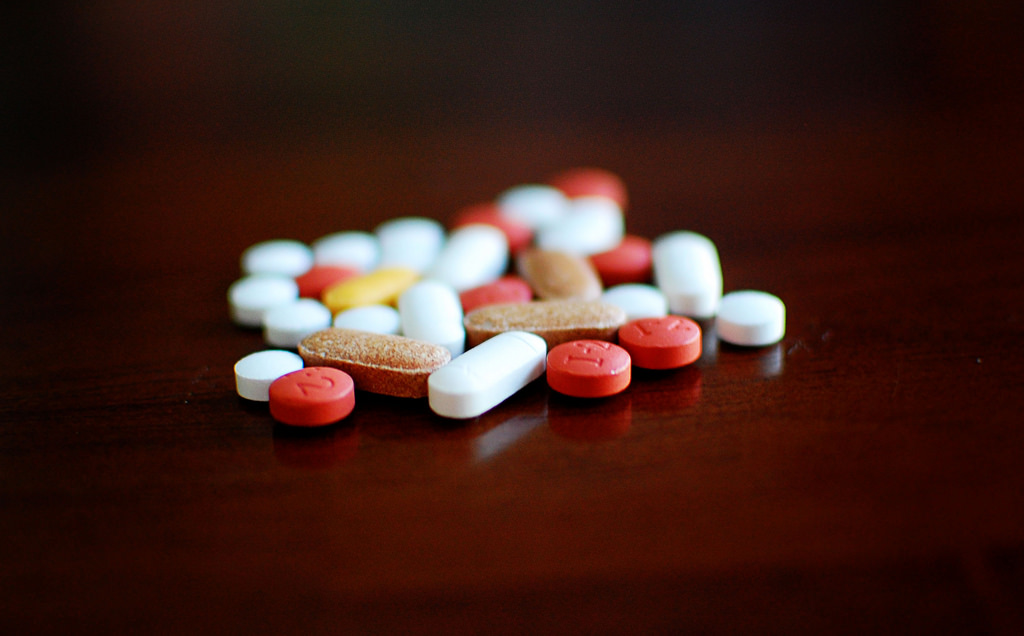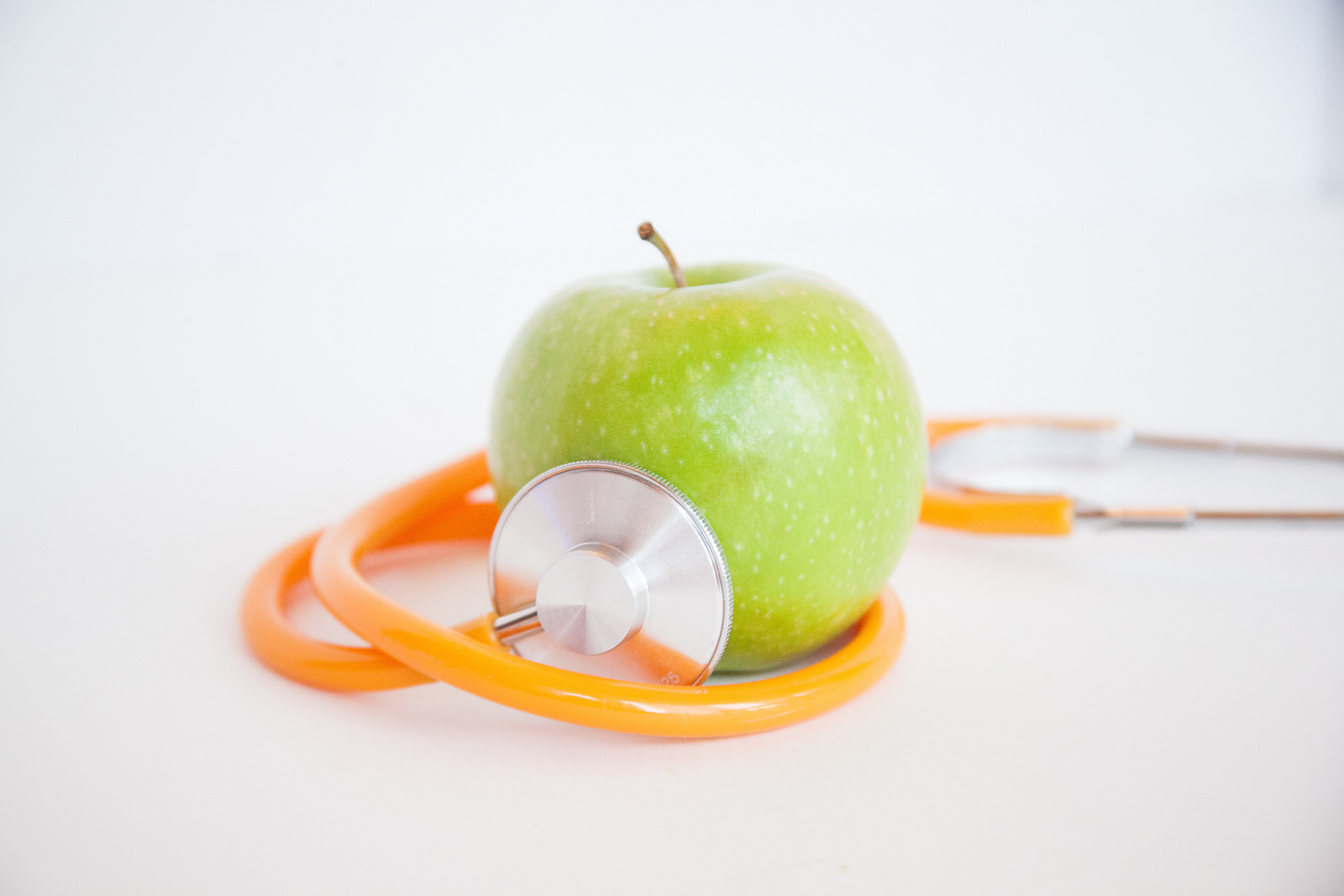An increasing number of patients are now taking nutritional supplements on a daily basis, believing that they are boosting their health. Choosing the best supplements to take can be nothing short of overwhelming for the majority of patients. It’s not only a question of supplement type, but also of knowing how to identify which product is safest and most effective. As more patients are taking their health into their own hands, vitamin sales are expected to grow by 8% to a total of $9.2 billion over the next year, according to Nutrition Business Journal.1
It is important for patients to be aware that the U.S. Food and Drug Administration (FDA) does not analyze the content of dietary supplements. However, the FDA has issued Good Manufacturing Practices (GMPs) for dietary supplements. These are a set of requirements and expectations by which dietary supplements must be manufactured, prepared, and stored in order to ensure quality. One of the best ways to know if a supplement contains what the label says it does is to choose a product that has been manufactured at a GMP facility. The GMPs are in place to prevent the inclusion of the wrong ingredients, the addition of too much or too little of an ingredient, contamination (i.e. by pesticides, heavy metals, bacteria, etc.), and the improper packaging and labeling of a product. A GMP facility must comply with the same standards required of pharmaceutical companies, as mandated by the FDA.2
Additionally, it is best if the supplement manufacturer has a Certificate of Analysis (COA) for each ingredient. Having a COA means that the raw material has been tested by an independent lab and determined to be contaminant-free.
Another sign of high supplement quality is for a product to be National Sanitation Foundation (NSF) certified. NSF is a respected third-party quality assurance organization. It verifies that a facility complies with GMPs and takes proper steps to ensure product safety and accurate labeling.
There are four “grades” of supplements/vitamins:3
- Pharmaceutical grade –The highest-quality grade, typically sold by a health care provider and may require a prescription.
- Medical grade – Still good quality but not as high as pharmaceutical grade.
- Cosmetic or nutritional grade (“consumer grade”) – Mostly “over-the-counter” products sold through health stores, pharmacies and grocery stores. Consumer-grade supplements are optimized for extended shelf life.
- Feed or agriculture grade – Not recommended for human consumption.
One good resource is the Dietary Supplement Label Database (DSLD). This site contains label information from thousands of dietary supplement products available in the U.S. It can be used to search for a specific ingredient in a product, a particular supplement manufacturer, text on a label, or a specific health-related claim.
Patients and doctors alike want to know whether a supplement has been clinically proven to support health. In general, it is a good idea to encourage patients to check with a healthcare provider before taking nutritional supplements. Dietary supplements may not be risk-free under certain circumstances, such as during pregnancy or for those who have a chronic medical condition.
Although this piece is about supplements, it is important to keep in mind that we all can benefit from improving our diets naturally, rather than by adding pills and powders. Supplements can be beneficial, but should not be used to replace a well-balanced, healthy diet.
References:
- “Nutrition Business Journal.” New Hope. http://newhope.com/nutrition-business-journal
- “Office of Dietary Supplements – Frequently Asked Questions (FAQ).”Frequently Asked Questions (FAQ). https://ods.od.nih.gov/Health_Information/ODS_Frequently_Asked_Questions.aspx
- “Fool-proof: How to Choose the Best Quality Supplements/vitamins.” Virginian-Pilot. http://pilotonline.com/life/fitness/quick-tips-for-wellness/fool-proof-how-to-choose-the-best-quality-supplements-vitamins/article_353a05ec-a4ed-5b6e-a3f7-01f14cd7bbd6.html
Featured Image:
Pills by Jamie








